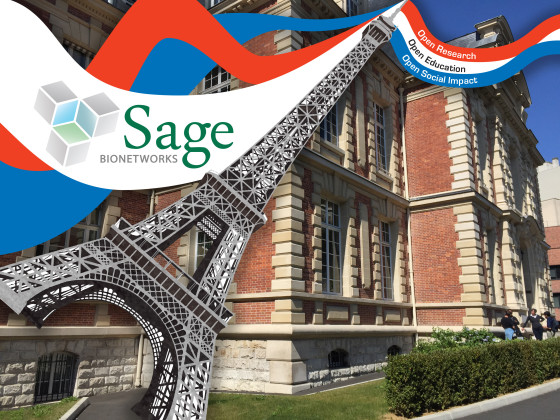
Last week was the week the Sage Event—a conference of Sagers (individuals who have been Sage Bionetworks supporters over the years and some new comers) that I have been organizing for the last 5 months. At its core, the idea for this event was the provide an opportunity for Sage Scholars and Sage Mentors to come together and share their projects. These Sagers are incredible people! Below are some of my thinking as it emerged from listening to their presentations. And when the videos become available, I will link to those as well in another post. There were four general themes for the day: 1. ICT and Health; 2. Delivering Health to Hard-to-serve Populations; 3. Rare/Orphan Diseases; and 4. Health, Education, Patient Data, and Advocacy. But the ideas shared at the event were not to be constrained! So allow me to present a very different non-technical view as a way of summarizing ideas that floated during the day. First, allow me to break the science investigations into two parts: • First based on DATA Science—analysis of information available about patients and the environment as coded in medical records or submitted via apps or gathered via sensors. In other words, scientific…


